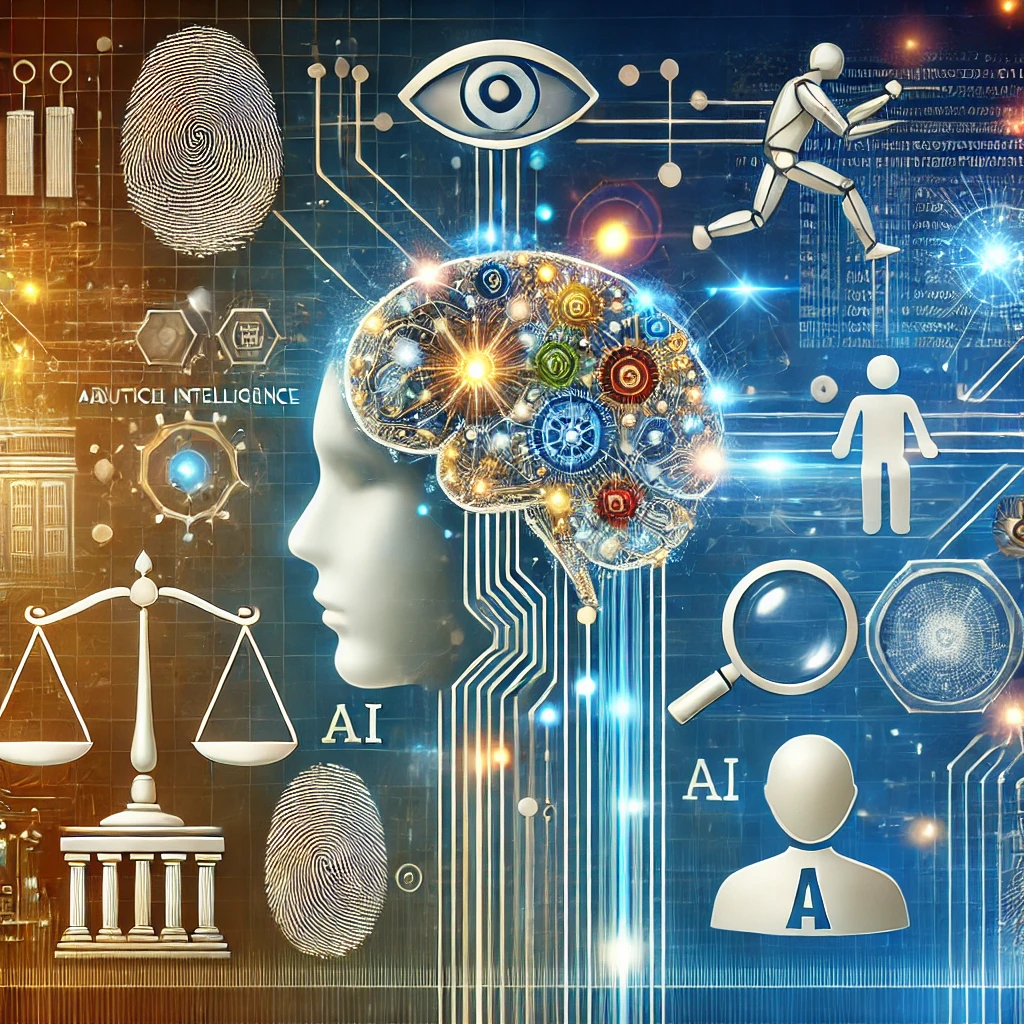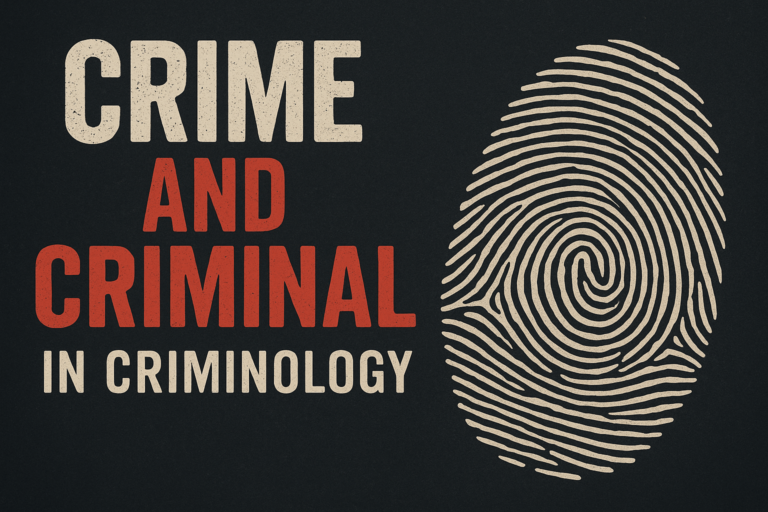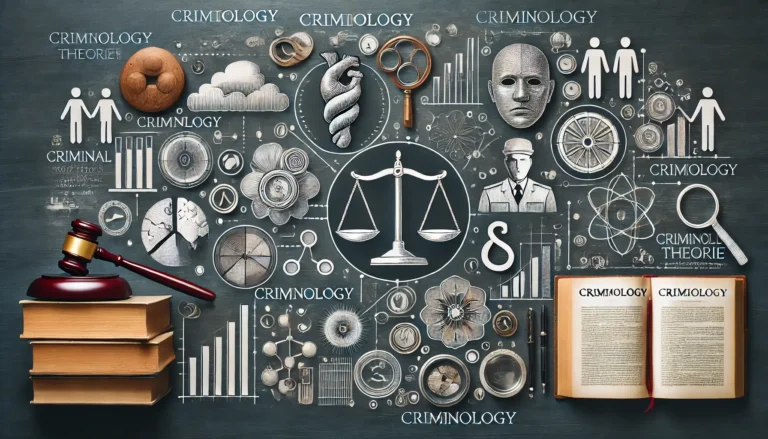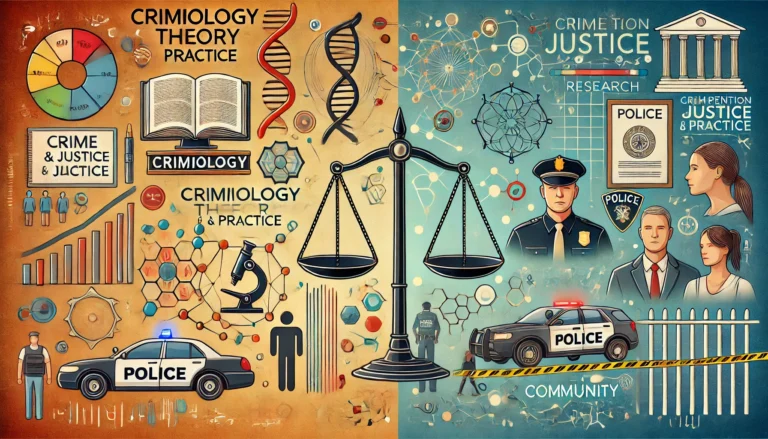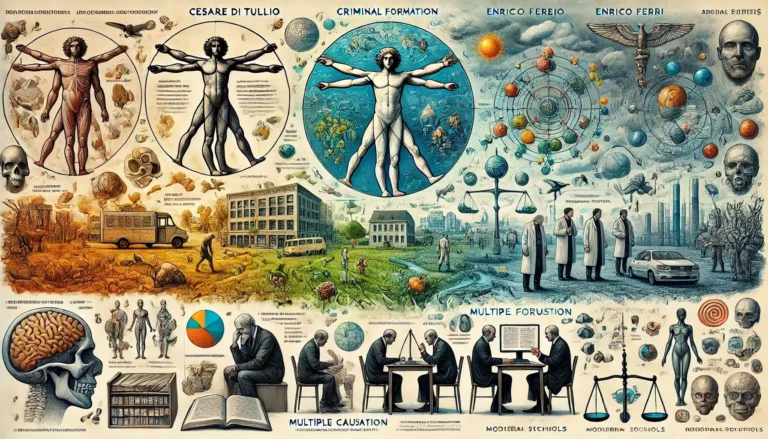The Role of Technology in Modern Criminology: AI and Data Analysis
The integration of technology into criminology has transformed how crime is studied, prevented, and resolved. Artificial intelligence (AI) and data analysis stand at the forefront of this transformation, providing tools that enhance efficiency and precision in crime-related investigations and policymaking. This article explores the impact of AI and data analysis on modern criminology, highlighting their applications, benefits, and challenges.
1. Artificial Intelligence in Criminology
AI has become a game-changer in analyzing crime patterns, predicting criminal behavior, and supporting law enforcement.
Predictive Policing
AI-driven predictive policing systems analyze historical crime data to forecast potential crime hotspots. These tools help allocate resources effectively and prevent crimes before they occur.
Behavioral Analysis
Machine learning algorithms assess behavioral patterns to identify individuals at risk of offending or reoffending. This application is particularly valuable in probation and parole settings.
Facial Recognition Technology
AI-powered facial recognition systems have enhanced criminal identification, allowing law enforcement to match faces with databases rapidly. This technology has proven effective in tracking fugitives and solving cold cases.
Case Management and Automation
AI streamlines administrative tasks, such as sorting evidence or organizing case files, allowing law enforcement agencies to focus on investigative work.
2. Data Analysis in Criminology
Data analysis complements AI by uncovering trends, correlations, and insights that inform crime prevention strategies.
Big Data in Crime Research
The vast amounts of data generated daily—social media activity, surveillance footage, and crime reports—are analyzed to identify patterns and anomalies. Big data analytics enhances the understanding of crime trends over time and across regions.
Geospatial Analysis
Mapping technologies and geographic information systems (GIS) provide visual representations of crime distribution. Geospatial analysis aids in identifying high-crime areas and tailoring interventions accordingly.
Social Network Analysis
Data analysis tools map relationships and interactions within criminal networks, helping dismantle organized crime groups. This method is also useful for tracking the spread of illicit activities, such as drug trafficking or cybercrime.
Risk Assessment Models
Data-driven risk assessment models predict the likelihood of reoffending or the severity of potential criminal acts. These models assist in making informed decisions about bail, sentencing, and parole.
3. Combined Impact of AI and Data Analysis
The synergy between AI and data analysis has revolutionized modern criminology.
Real-Time Crime Monitoring
AI systems process real-time data from surveillance cameras, emergency calls, and social media platforms. This capability allows law enforcement to respond swiftly to ongoing crimes.
Enhanced Forensics
AI algorithms analyze forensic evidence, such as fingerprints or DNA, with unparalleled speed and accuracy. Coupled with data analysis, these tools ensure more reliable crime scene investigations.
Crime Pattern Recognition
By integrating AI and data analysis, criminologists identify recurring patterns and devise strategies to counter emerging crime trends, such as cyberattacks or human trafficking.
Policy Development
Insights derived from AI and data analysis inform policymakers in crafting evidence-based legislation and crime prevention programs.
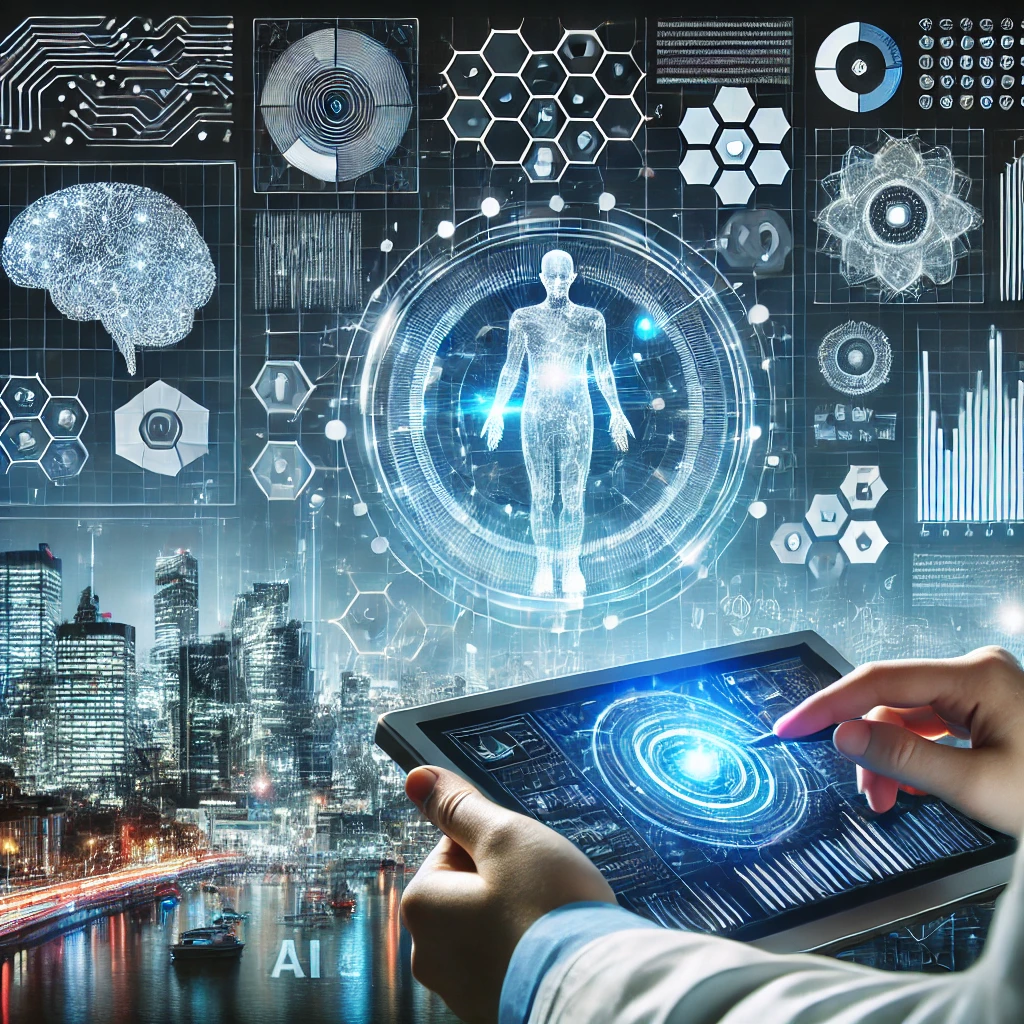
4. Challenges and Ethical Considerations
Despite their benefits, the use of AI and data analysis in criminology raises significant challenges.
Data Privacy and Security
The extensive collection and use of personal data raise concerns about individual privacy. Safeguarding this data is essential to maintaining public trust.
Algorithmic Bias
AI systems can inadvertently perpetuate biases present in the data they are trained on. Ensuring fairness and impartiality in AI applications is a critical priority.
Over-Reliance on Technology
Relying too heavily on AI and data analysis may overshadow human judgment and discretion, which are vital in understanding the nuanced aspects of criminal behavior.
Ethical Implications
Balancing technological advancements with ethical considerations, such as the potential misuse of surveillance tools, remains a pressing issue.
5. Future Prospects of Technology in Criminology
The future of technology in criminology promises further advancements and innovations.
Integration of IoT Devices
The Internet of Things (IoT) can enhance crime prevention by connecting smart devices, such as security systems, to centralized monitoring networks.
Advanced AI Models
Next-generation AI models are expected to provide even more accurate predictions and analyses, helping criminologists stay ahead of evolving crime tactics.
Global Collaboration
Technological tools facilitate international cooperation in combating transnational crimes, such as terrorism and cybercrime, through shared databases and coordinated efforts.
Education and Training
Equipping criminologists and law enforcement with the skills to use AI and data analysis effectively will be essential for maximizing their potential.
Conclusion
AI and data analysis have redefined the landscape of modern criminology, offering unprecedented tools for understanding, preventing, and addressing crime. While challenges such as ethical concerns and data security persist, their potential to enhance public safety and criminal justice systems is undeniable. As technology continues to evolve, so too will its applications in criminology, shaping a more informed and effective approach to combating crime in the 21st century.

